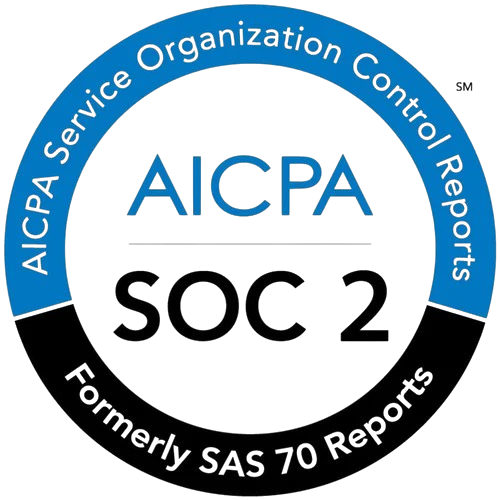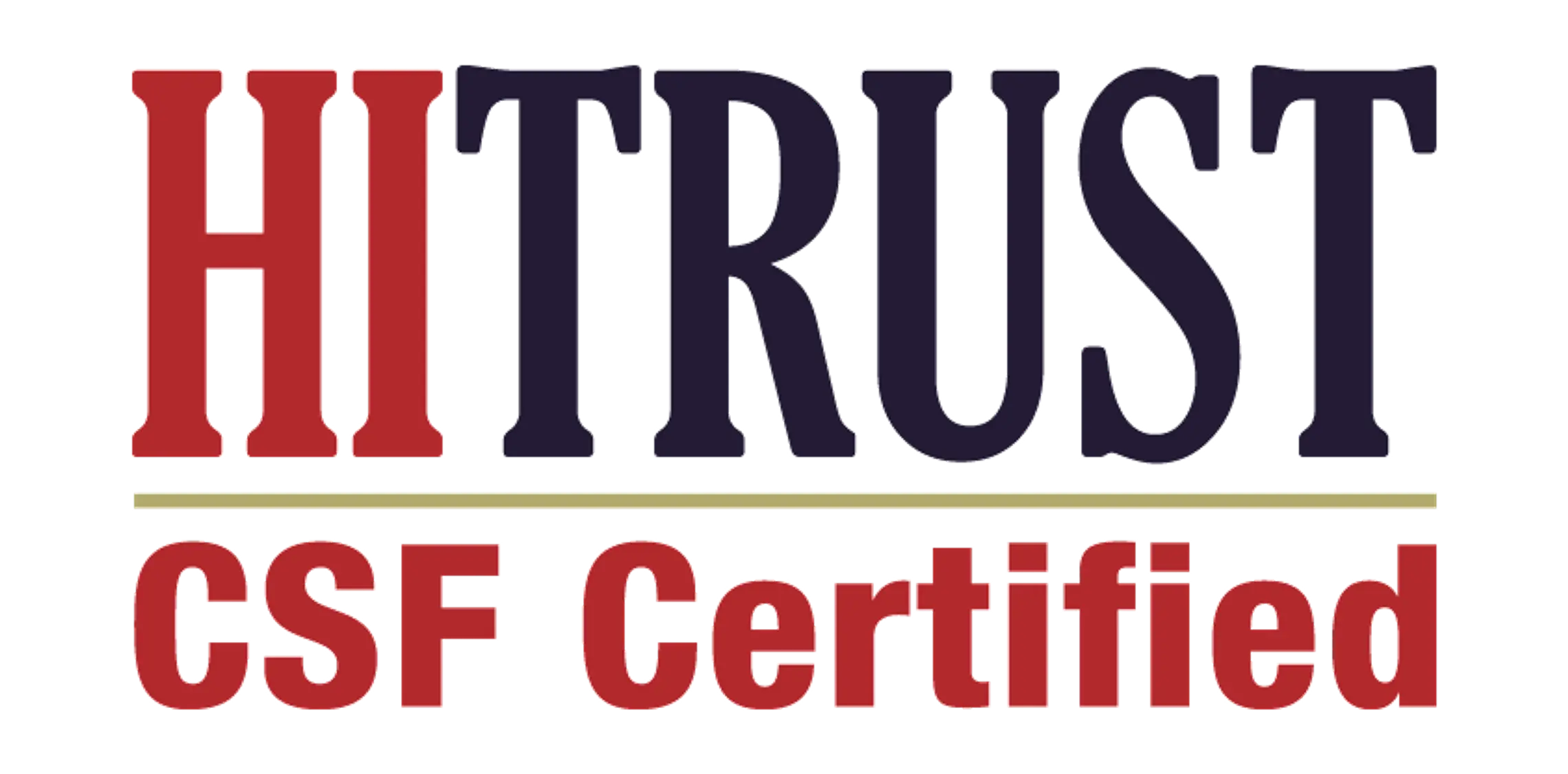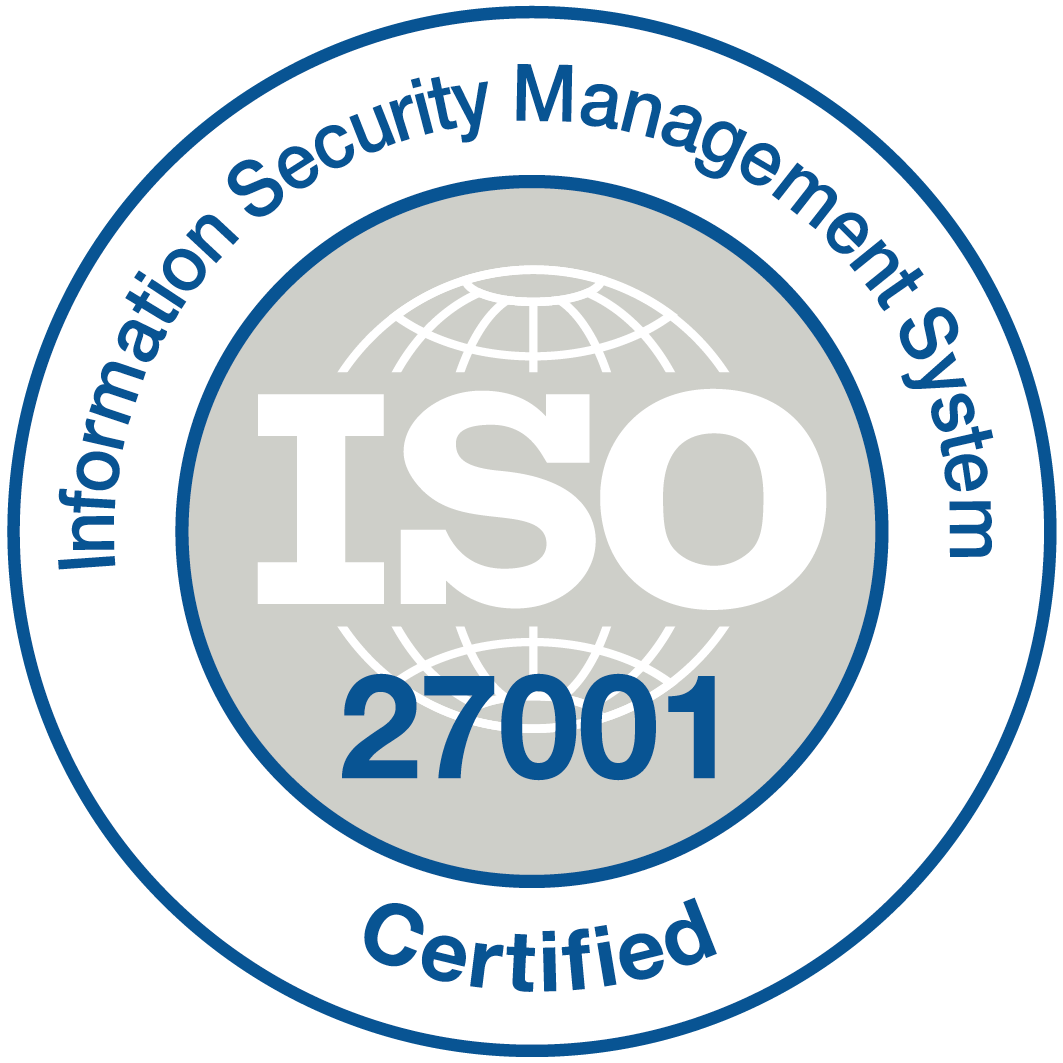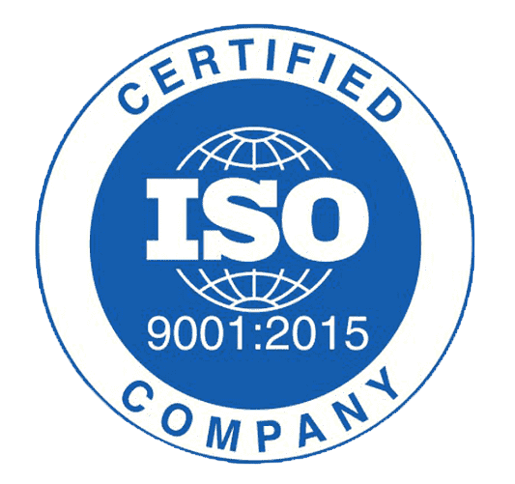Unlocking precision: How quality assurance drives excellence in medical coding

In the intricate realm of healthcare, where every code can have monumental implications for patient care, financial integrity, and compliance, the importance of quality assurance (QA) in medical coding cannot be overstated. Medical coding serves as the essential bridge between clinical services and health insurance billing, ensuring that healthcare providers are accurately reimbursed while patients receive the appropriate care. This makes the role of QA not just an administrative task, but a vital component of healthcare excellence.
Understanding Medical Coding
At its core, medical coding involves the translation of healthcare diagnoses, procedures, medical services, and equipment into universal alphanumeric codes. These codes are derived from clinical documentation and are used for billing, reporting, and data analysis. A single error in coding can lead to denied claims, delayed payments, and even improper treatment of patients. Hence, exceptional coding quality is imperative.
The QA Effect: Redefining Standards
Quality assurance processes are designed to catch errors before they become costly problems. The implementation of rigorous QA measures in medical coding involves structured audits, coder training, and systematic reviews of compliance with established coding guidelines and regulations. These proactive measures ensure that coders not only understand the latest coding updates but also adhere to the ethical and legal standards set forth by governing bodies like the American Academy of Professional Coders (AAPC) and the American Health Information Management Association (AHIMA).
Enhancing Accuracy and Efficiency
One of the primary aims of QA in medical coding is to enhance accuracy. A comprehensive QA program typically includes regular feedback for coders, identifying patterns of errors and areas for improvement. This continuous learning environment fosters a culture of excellence among coding staff. By empowering coders with knowledge and tools, healthcare organizations can significantly reduce the incidence of documentation discrepancies and errors in coding.
In addition to accuracy, QA streamlines efficiency. With automated coding tools and periodic performance assessments, organizations can identify areas where coders may be struggling. This enables targeted training, resulting in not just better accuracy, but also speedier processing of claims. In an industry where time is money, efficient coding can mean the difference between timely reimbursements and a backlog of denied claims.
Patient Care: The Ultimate Beneficiary
Quality assurance in medical coding goes beyond administrative efficiency; it has a direct impact on patient care. Accurate coding ensures that patients have access to the right treatments, as it influences clinical decisions and health outcomes. Furthermore, clear and precise coding can improve patient safety by preventing medication errors or inappropriate procedures triggered by coding discrepancies.
Finally, robust QA practices help healthcare organizations maintain compliance with industry regulations, reducing the risk of audits and penalties. This not only protects financial resources but also enhances the trust patients place in healthcare systems.
Conclusion: A Culture of Continuous Improvement
In the fast-paced world of healthcare, quality assurance is the backbone of excellence in medical coding. By prioritizing rigorous QA processes, healthcare organizations can cultivate a culture of continuous improvement that benefits coders, providers, and patients alike. Ultimately, when quality thrives in coding, the entire healthcare ecosystem flourishes, paving the way for improved patient outcomes and a more efficient healthcare delivery system.
As the industry continues to evolve, embracing quality assurance in medical coding will remain a cornerstone of healthcare excellence, ensuring accuracy, efficiency, and, most importantly, safety for those who rely on these services.


